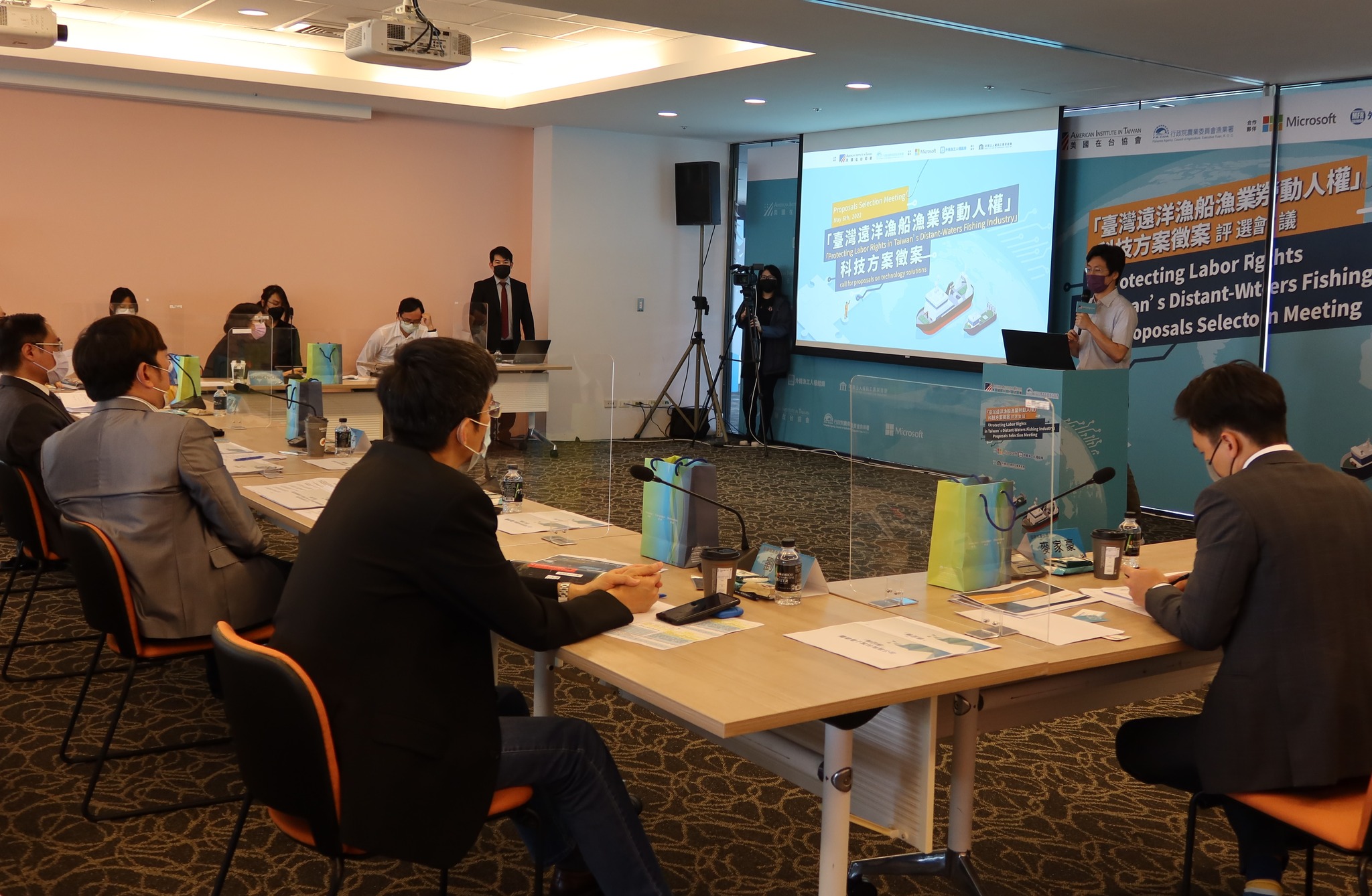Connecting migrant workers to the world – An attachment module for the Electronic Monitoring System (EMS)
The Advanced Computation Laboratory (ACL) from National Taiwan Ocean University’s Department of Computer Science and Engineering and Phase Tech Co., Ltd. has won AIT’s recent call for tech solutions to solve labor issues in distant water fisheries!!
Abstract:
Workers in an oversea environment suffer greatly from the feeling of isolation. This state can quickly build up anxiety, distress, and depression, leaving laborers mentally degraded. By providing even the tiniest bit of connectivity for laborers to reach out to the world, the mental state can be soothed as people will not feel forsaken. The solution described in this proposal takes into the consideration different aspects: the willingness of vessel owners to invest in such service (cost), the size and the cabin space of the vessels to install the equipment (size), the actions at the FMC of the fisheries agency would take (response), and the contents of the messages the migrant workers can send (privacy).
The ACLab has been conducting ICT for fisheries for several years and has worked with government sectors and NGOs. From our survey, small-sized vessels dominate the fleet in Taiwan. Statistics show that 85.7% of the total fishing fleet of Taiwan are small-sized vessels (CT3 and below). Unlike merchant vessels and pleasure crafts, these vessels have a very limited and conditionally poor cabin space as described in the proposal, and the owners are not financially sufficient to provide high-cost satellite services. The above limitations must be met to deploy our concept: small-sized equipment and budget services.
The fisheries agency has projects on enhancing the fisheries monitoring center (FMC), which can process real-time data and is the basis of modern dynamic fisheries management. In addition to the FMC, future fisheries management trends require observers onboard each vessel. However, this is technically difficult everywhere, and thus, regional fisheries management organizations (RFMO) discussed the possibility of using technology to provide an alternative solution. The result is to use Electronic Monitoring Systems (EMS) as a replacement for real people as observers on board. The ACLab has both projects in hand and can let the FMC and EMS work in conjunction, with functions of both systems integrated into each other. The design of the EMS system is highly modularized and can be expanded as the mission requires. In this proposal, we have added a small satellite antenna and a WIFI router into the EMS to provide minimal communication capabilities for all on board the vessel, with hardware costs being nearly 85% less than current commercially available satellite systems.
This proposal is not part of the EMS project of the Fisheries Agency and is currently unfunded and is conducted by using the remaining funds from past projects. The ACLab team has made significant progress even with very limited resources. Current progress includes integrating the budget communication system into the EMS and FMC, communication uplink tests, and installing the system on small vessels.

Views: 206
 Advanced Computation Laboratory
Advanced Computation Laboratory